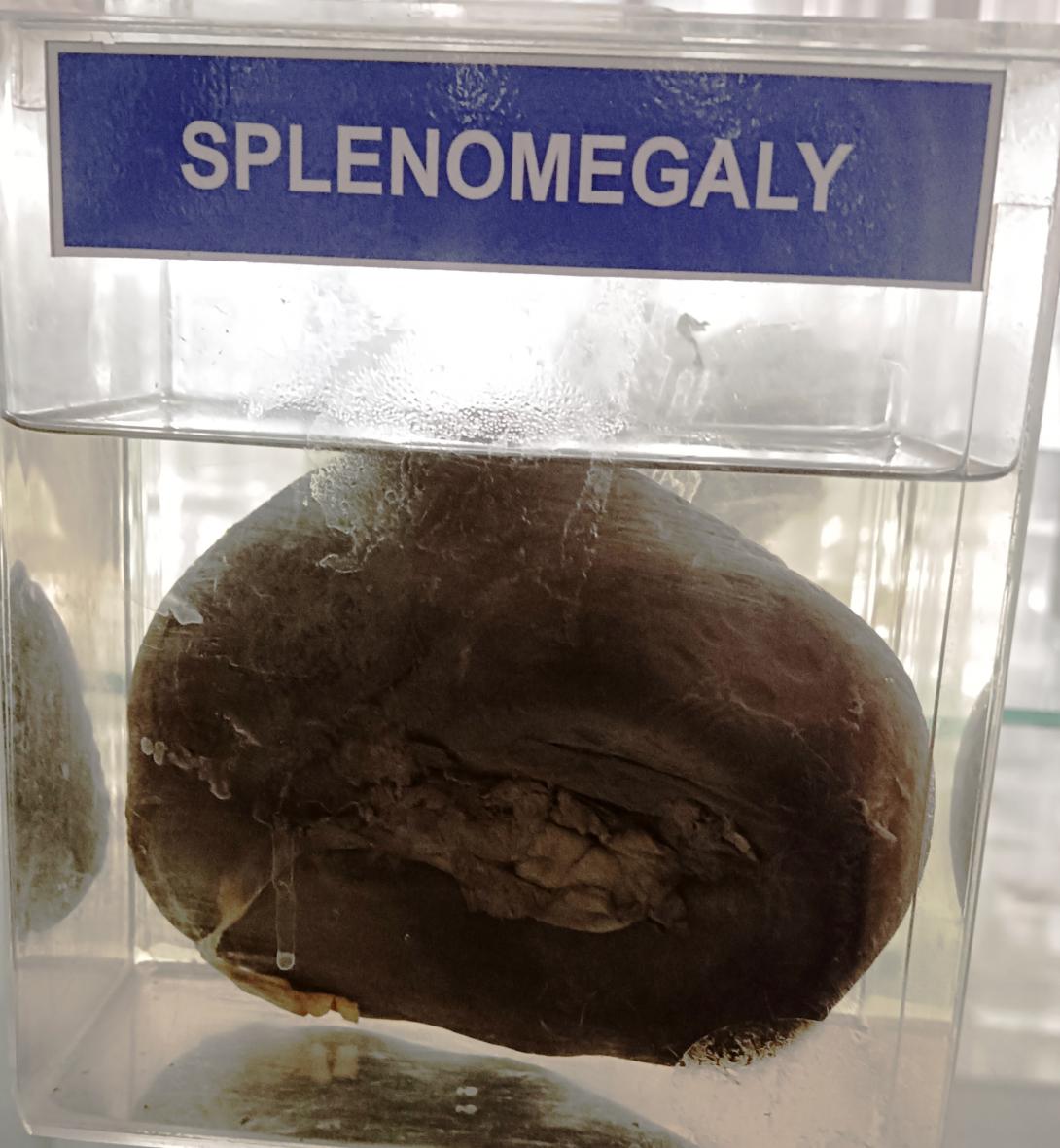Splenic enlargement, or splenomegaly, is a medical condition characterized by an abnormal increase in the size of the spleen. Here are some of the important anatomical points related to splenomegaly:
- Spleen: The spleen is an organ located in the upper left part of the abdomen, just beneath the diaphragm. It is normally about the size of a fist but can become much larger in cases of splenomegaly.
- Splenic hilum: The splenic hilum is the area on the medial side of the spleen where the splenic artery, splenic vein, and lymphatic vessels enter and exit.
- Splenic capsule: The spleen is covered by a fibrous capsule that provides support and protection. In cases of splenomegaly, the capsule may become stretched and may cause pain or discomfort.
- Red pulp: The red pulp of the spleen is the area that contains red blood cells, platelets, and macrophages. In cases of splenomegaly, the red pulp may become congested due to increased blood flow.
- White pulp: The white pulp of the spleen is the area that contains lymphocytes and is involved in the immune response. In cases of splenomegaly, the white pulp may become enlarged due to increased immune activity.
- Splenic flexure of the colon: The splenic flexure of the colon is the area where the colon bends at the spleen. In cases of splenomegaly, the enlarged spleen may press against the colon, causing abdominal discomfort or pain.
- Diaphragm: The diaphragm is a muscle that separates the chest and abdominal cavities. The spleen is located just beneath the diaphragm, and in cases of splenomegaly, the enlarged spleen may press against the diaphragm, causing respiratory symptoms.
- Left kidney: The left kidney is located near the spleen, and in cases of splenomegaly, the enlarged spleen may press against the left kidney, causing pain or discomfort.
Rack Number
Specimen Number
6

